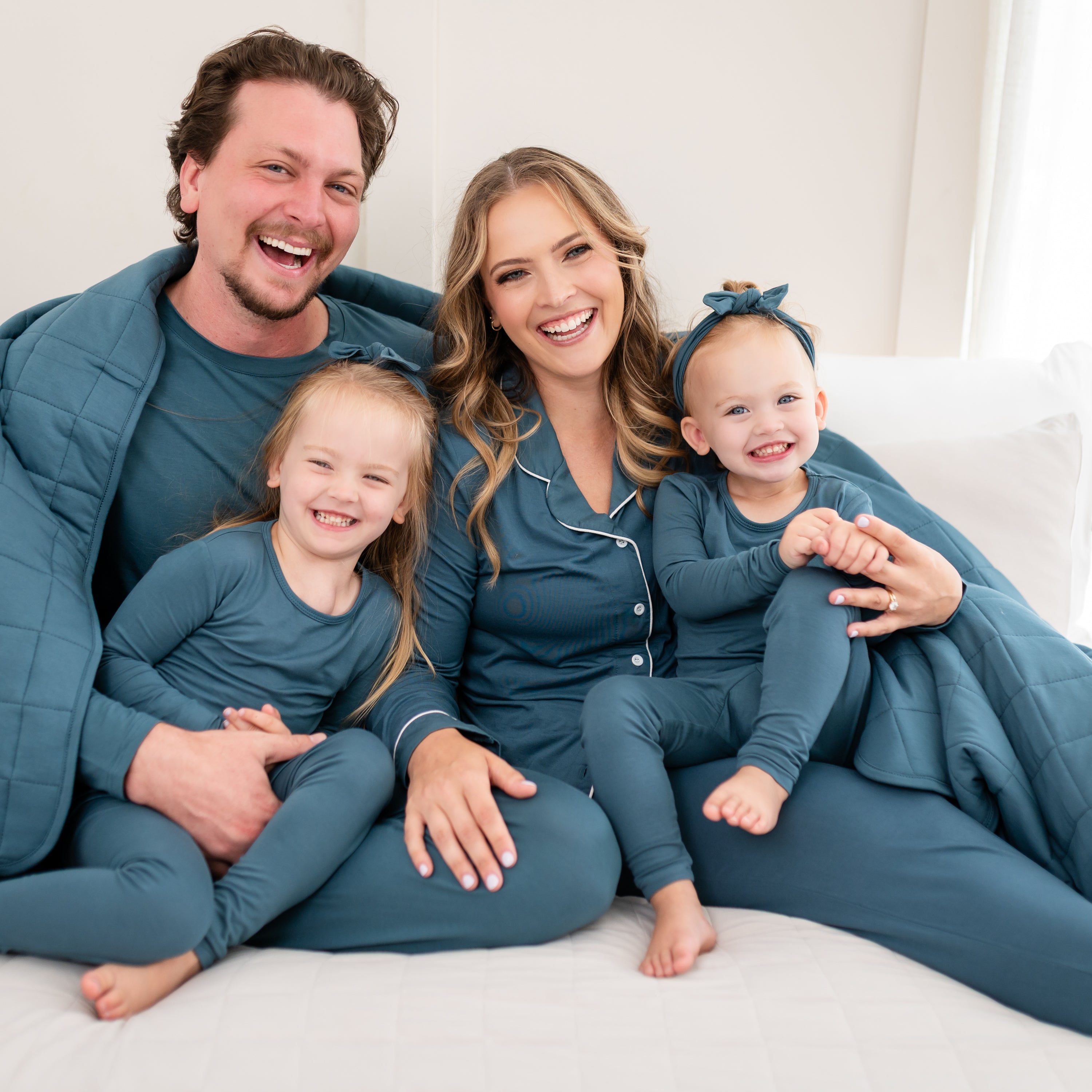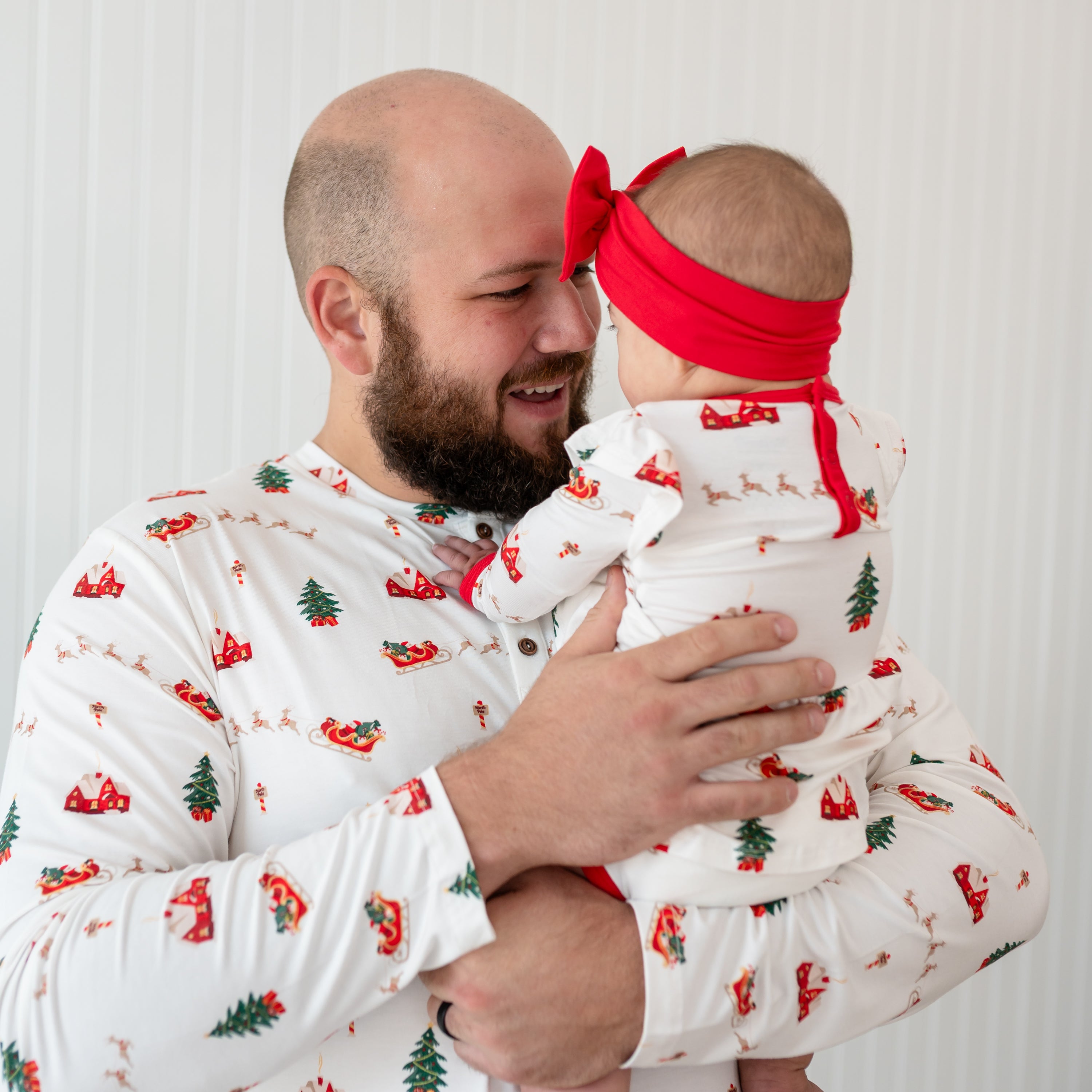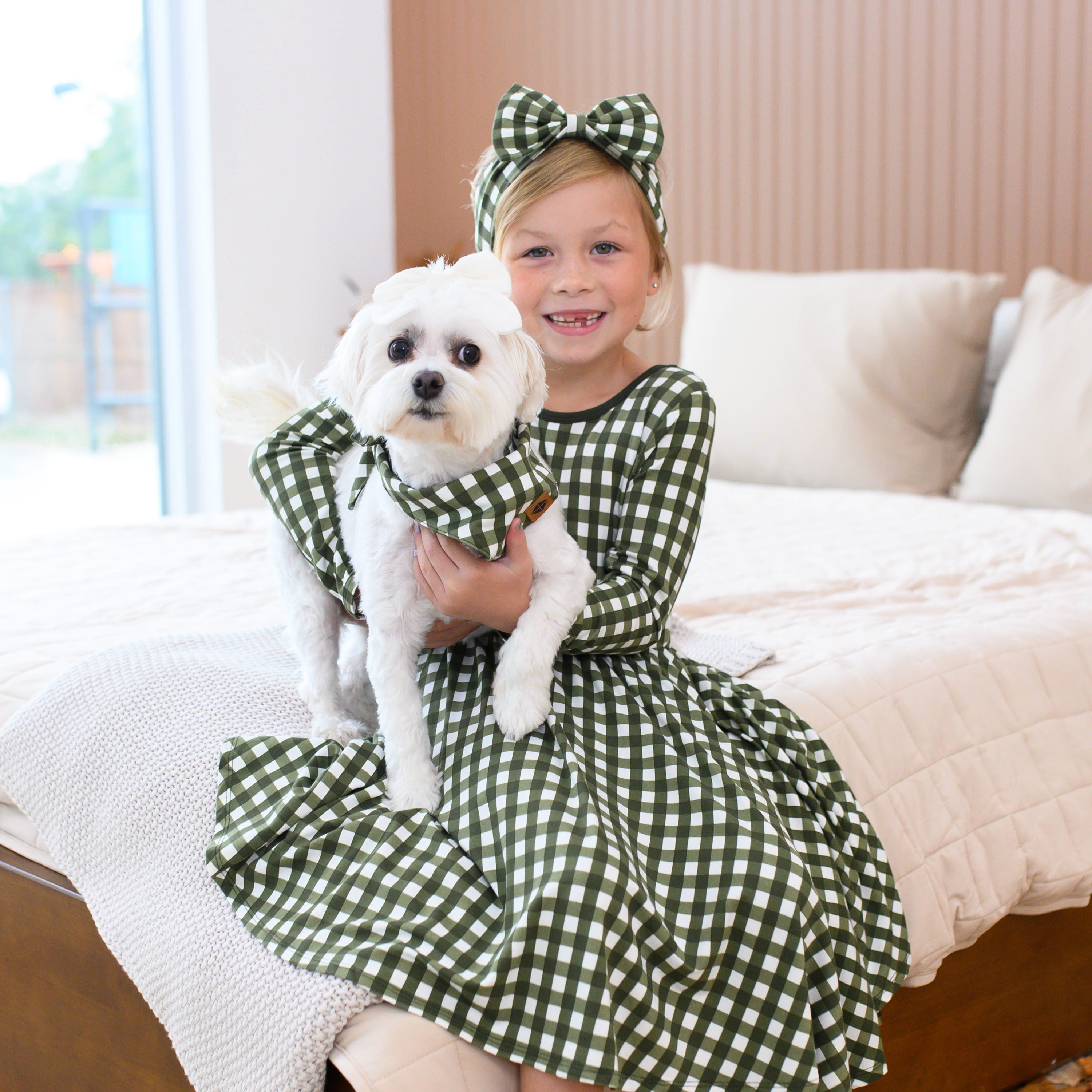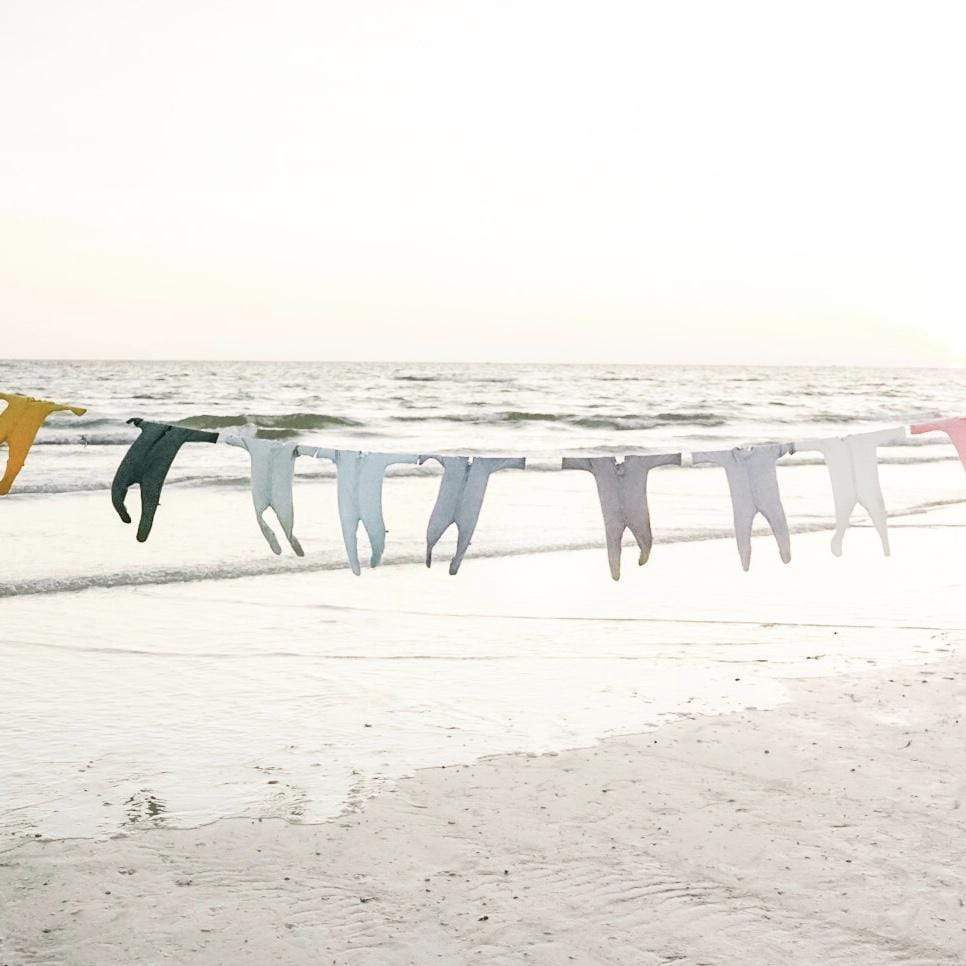These communications, or sleep cues, might not signal sleepiness in the typical way we are used to. For example, yawns are a common way people show tiredness; but in children, a yawn means they are nearing the point of no return when it comes to falling asleep. The following subtle yet certain sleep cues must be observed closely so that baby gets to the crib on time and not too late.

Early Sleep Cues
Below is a comprehensive list of several possible sleep cues. No baby will show all of these, but all babies will show some of these. It’s up to you to figure out if this act is just part of your baby’s personality or if it is a communication or sleepiness.
- Decreased activity: Baby will stop moving around and stare off.
- Slower motions: Fewer and slower gross motor movements. This can be a dramatic slow-down or gradual.
- Stiffening the body: Your baby may have rigid or tense hands and legs. She may keep her fists clenched.
- Jerky movements: As baby’s body feels sleepiness setting in, the arms and legs might jerk suddenly.
- Less social: Babies smile and vocalize less. They engage you less.
- Less babbling and cooing
- Appears disinterested: Baby may go from being fully engaged in an interaction to acting as if nothing happened.
- Sucking is weaker or slower: During the pre-sleep feed, she or he might have trouble latching or staying latched. If self-soothing with a pacifier or fingers, he or she will slow down.
- Quieter and calmer
- Avoiding eye contact: A tired baby tends to avoid looking at you directly. Her eyes may appear to go in and out of focus. She may even stare blankly into space.
- Red around the eyes: Especially in infants, eyes get pink around the edges.
- Rubbing eyes: Sleepiness is a different feeling than wakefulness, so babies try to comfort themselves. Sometimes, they rub their eyes to feel better.
- Eyelids drooping
- Fussiness: Frowns, whines or softly cries. This is a sure sign that it’s time for bed, especially if baby has already had a diaper change and a feed. Then, you know they aren’t fussy about a soiled diaper or hunger.
- Hard to distract and keep happy: When a baby gets a little too sleepy, he or she might become irritable and harder to please.
- Disobeying: For older babies, toddlers and preschoolers, sleep is on its way when these babies act defiant or throw more tantrums.
- Time awake: Ask yourself, has baby been awake long enough or too long? Is it time for another nap? (Refer to the wake times below.)
- Making grunting sounds: Different sounds than hunger or awake sounds.
- Tugging or scratching ears
- Eye roll: Eyes roll in the back of the head.
- Not fully themselves: According to Rachel Norman from WavHello, baby will act “slightly “out of it,” meaning his demeanor and attitude change.
- Scratching ears
- Scratching head or pulling hair: Again, sleepiness takes a toll on baby’s body so baby will cope through touch. Sometimes, this scratching will actually cause more stress so try to get ahead of this.
- Becomes clingy: A very tired baby needs more consoling, so she will attach herself to you.
- Asks for a feed
- Autonomic signals: Sumana Maheswari of Mom Junction notes that “after a while, your baby may exhibit autonomic signals, which happen without her conscious control. They include
- Sneezing
- Hiccups
- Sweaty palms
- Quick breaths
- Blueness around the mouth in infants
- Yawning: More than usual. This can be a sign that you’ve waited too long to put baby down to rest.

How To Read Cues
Observe baby intently over the next few days and write down some of the behaviors baby exhibits right before naptime. The purpose of this exercise is to notice a pattern. Are there two or more signs baby shows consistently before falling asleep?
If so (and there definitely will be), then this is a sleep cue! Watch for this cue before upcoming nap and bedtimes and act on it. Put baby down to sleep at the very first sign or exhibit of this behavior. That way, baby’s needs are immediately addressed and he or she might have an easier time putting herself all the way to sleep.
Another way to discern if a behavior is actually a sleep cue is to track wake times. By tracking how long baby is awake, you will know when his or her next naptime should be. Or at the very least, you’ll know when baby might show signs of sleepiness. For example, if an older baby (not a newborn) has been awake for 30 minutes and begins to fuss and whine, then she might not be tired. Thirty minutes is too short of a wake time for an older baby. Rather, she may have a soiled diaper, gas or be hungry.
If you know your baby’s wake time, then you have a great hint at knowing when his or her next nap time will be.
Wake Times By Age
Here are approximate wake times for babies from 0 months to 1 year old. These times come from Valerie Plowman, also known as The Babywise Mom.
0-4 Weeks old: ~30-45 minutes.
4-6 Weeks old: 40-60 minutes
6-8 Weeks old: 40-70 minutes was optimal. Many can stay up for 60 minutes at this age.
8-12 Weeks old: 50-80 minutes
3-4 Months old: 60-90
4-5 Months old: 80 minutes to 2 hours.
5-6 Months old: 1.5-2 hours
6-7 Months old: 1.75-2.25 hours range. Most this age can do about 2 hours, give or take 15 minutes.
7-8 Months old: 1 hour 45 minutes to 2 hours 15 minutes is best for baby. A 2-hour nap is a good goal for this age range.
8-9 Months old: At least 2 hours, most can do a little more.
10-12 Months old: 2.5 hours.
What Comes Next?
You’ve taken notes on baby’s behavior right before bedtime. You’ve identified a few consistent sleep cues and now you’re ready to act on them. But what actually happens next?
Your wind-down routine. At bedtime, this often involves a warm bath, singing, reading books, changing into pajamas and putting to bed. But you don’t have time to do all these rituals before naptime.
For naptime, do an abbreviated version of your nighttime wind-down routine. Sing a song or read a book and rub baby’s hair. Whatever your routine is, do it as soon as you notice baby’s sleep cue. The quicker you get to the crib, the easier it will be for baby to fall asleep, even put herself to sleep.
One thing that you can include in every wind-down routine day or night is putting baby in a sleep bag, or wearable blanket. The habit of dressing baby in this before every sleep trains your baby to expect sleep soon after wearing the sleep sack. It is an effective cue from parent to baby. Our bamboo sleep bags are a source of comfort to sleepy babies because they are ultra soft and keep baby bundled in a warm environment with just enough room to kick, stretch and roll.
In addition to doing your naptime routine and dressing baby in a sleep bag, keep babies room cool, dark and quiet. These ideal sleeping conditions help baby get enough effective sleep. A sound machine that plays white or pink noise can also be soothing for a tired baby.
Missed Sleep Opportunity
Even if you take meticulous notes and are extra vigilant, you may miss the small window of time for baby to fall asleep peacefully. This is common since parents don’t realize how short the window of time is and end up putting baby to bed too late. When this happens, baby becomes overtired. Overtiredness is a condition between tiredness and exhaustion. It is a state of physical fatigue that activates the stress-response system.
The stress-response system makes so much sense. Take a very tired baby for example. They cry and fuss and flail around inconsolably, as if they are stressed. Why is this? Maheswari explains that baby “will have to produce more cortisol and adrenaline hormones to stay awake. Now, this is stress! The cortisol and adrenaline hormones flood into the bloodstream, making it difficult for the little one to relax.”

Overdue Sleep Cues
When it gets to this point, young babies cry without any apparent reason, pull up their legs as if in pain, and may arch their backs. Older babies act miserably, throw tantrums, reject food, fight sleep, scream and cry.
- Crankiness or irritability: Extreme fussiness is typically a sign that baby is overtired. A good piece of advice is put baby down before he or she gets very fussy. Many parents wait until baby becomes fussy, thinking that is a sign of tiredness. Wrong! It’s a sign of overtiredness and will interrupt baby’s schedule.
- Eye rubbing or drooping: Plowman says, “If your baby is rubbing his/her eyes, it is probably beyond the ideal time to start nap time. Also, once you are beyond the super-sleepy newborn stage, eye-drooping is akin to fussiness. Baby needed to be in that crib sooner.”
- Difficulty in latching: Maheswari says the following, “Overtired newborns have difficulty in latching or cry at the breast.
- “Older babies may throw food, toys or things that are in their hands. Some babies may even hit or smack.
- “Self-soothing: If you ignore the early signals, the tired baby sends self-soothing signals like sucking the thumb, searching for a dummy and so on.”
Recap
Now that you know early sleep cues from tardy ones, you can put this knowledge to work by observing baby during wakeful hours. Notice what kind of cues he or she exhibits. Does baby tug the ears, suck their thumb, become quiet all of a sudden, grunt or moan? These quick and simple changes in behavior could signal exactly when baby needs to go to bed. By paying attention to them, you can help baby sleep better and longer.
For optimal sleep, make sure baby doesn’t stay awake for longer than two hours and keep his or her room cool, dark and quiet. Dress baby in soft, comfortable pajamas that give her freedom of movement and prevent her from overheating. Our footies and rompers made of 97% bamboo regulate body temperature, insulate efficiently, keep baby cool and are buttery soft to the touch. Our sleep sacks have also proven to be an effective sleep cue from parent to child.
And last but not least, be consistent! Follow the same sleepy time ritual every day, including dressing baby in a sleep sack, turning on white noise, singing a song or reading a book and letting baby drift off to sleep before it’s too late. Signs that it is too late include yawning, crying, extreme fussing and even thumb-sucking.
You can prevent it from getting to this point by acting on the subtle cues. The quicker the better and you may even get to nap yourself.

























